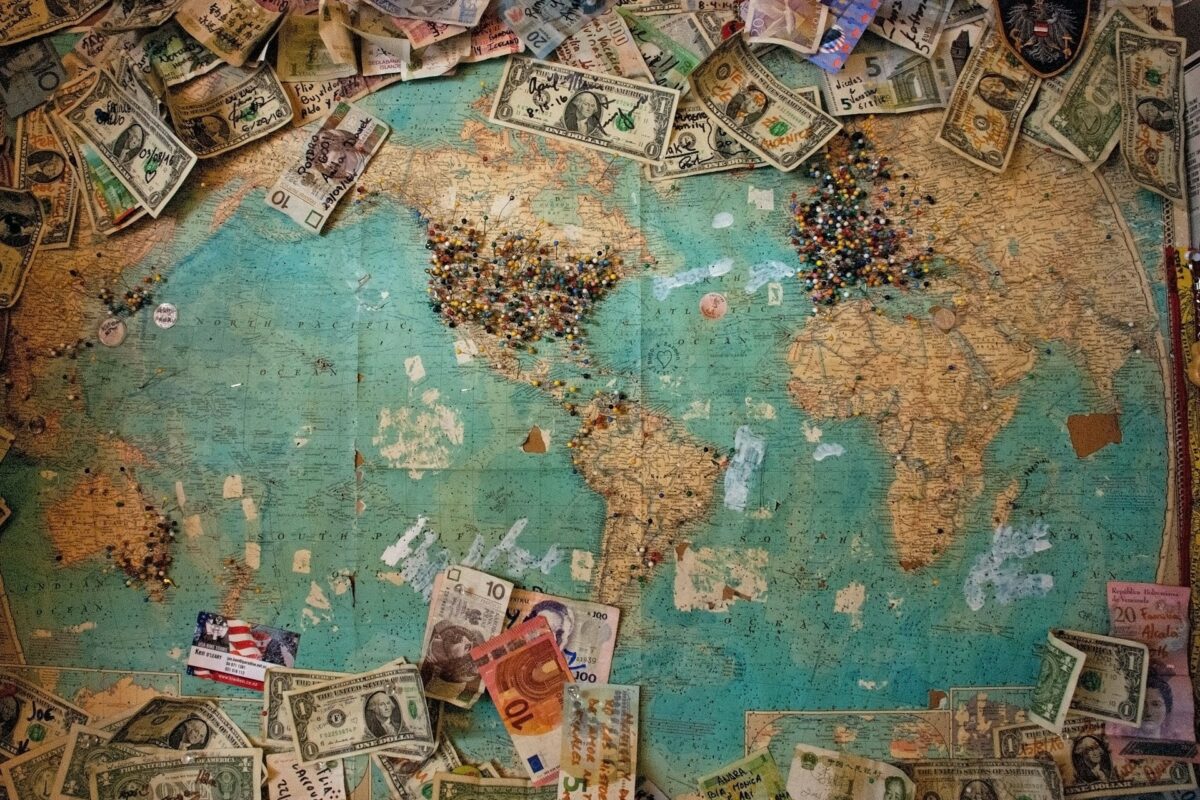Howard Schultz took a deep breath and began to write. It might have been Valentine’s Day but the subject of his letter was anything but romantic. Instead, the 55-year-old New Yorker was about to sit down to write a letter of complaint slamming Starbucks and its current business practices.
Schultz’s letter criticized the Seattle-based company for growing its global chain of 13,000 coffee shops too quickly. As a result, he accused the company of commoditizing itself and losing much of the romance and soul that were once central to its brand. His 800-word composition left no room for doubt: Starbucks had grown its business at the expense of its brand.
It was a damning indictment of Starbucks’ marketing strategy over the past decade. In and of itself, the letter was not remarkable. It is the kind of complaint routinely posted by disaffected customers or posted on blogs by unhappy former employees. To appreciate the magnitude of this particular letter, you have to know who the author is. Schultz is not a Starbucks customer or ex-employee; he is the company’s chairman.
What is even more remarkable is that Starbucks appears to be doing just fine. Its growth targets, share price and underlying sales are all relatively strong and its expansion into Asia seems to be on track.
Schultz, though, is a very different kind of chairman. The brand is deeply ingrained in his leadership. In 1981, while working as a sales rep for a coffee maker, he discovered Starbucks on a trip to Seattle.
Impressed with the small coffee-bean company, he badgered its management team to take him on. One year later, he became director of marketing and operations and became convinced that Starbucks should go beyond selling beans and actually serve coffee to its consumers.
Starbucks’ existing management refused to listen and, eventually, Schultz left and created his own coffee-bar business. It made so much money that he was able to return, buy Starbucks and turn it into a cafe business. So, while not quite the founder of Starbucks, Schultz is very much the soul of the business. He can see things that others cannot. Starbucks is his baby and he has an almost preternatural sense of its brand equity.
If Schultz thinks Starbucks is in danger of commoditizing its brand, everyone within that organization should pay immediate attention.
He is almost certainly right. In case after case, the biggest threats to a strong brand are growth and success. They force a company to increase scale, become bureaucratic and generic, and focus increasingly on the financial imperatives, rather than those of its customers or its brand. Eventually the company loses its way in a snowstorm of its own creation, as the success that its brand equity bestowed upon it now blinds the organization to the way forward or back to its heritage.
Make no mistake, Schultz’s memo is the act of a true leader; one who recognizes that there is more to success than short-term sales, remembers almost biologically the meaning of the brand, upholds this above all other things, and is more than prepared to take responsibility for the mistakes of the past in order to protect the brand that he loves.
Perhaps Schultz was writing a Valentine’s note after all.
30 SECONDS ON … STARBUCKS
– Starbucks started out selling coffee beans in Seattle’s Pike Market Place in 1971. Sixteen years later, the company was transformed by Howard Schultz, backed by local investors, and expanded to 17 sites, including Chicago and Vancouver.
– The company grew to 84 outlets by the end of 1990. The next year, it opened its first airport concession and its first Los Angeles outlet. There were 116 stores by the end of 1991. In 1992, it completed its IPO and had 165 stores by the year’s end. In 1993, its store count reached 272, growing to 425 in 1994.
– In 1996, Starbucks stores opened through a joint venture in Japan and Singapore. There were 1015 branches by the end of the year. The firm entered the Philippines in 1997, when it grew to 1412 stores.
– Starbucks’ major push into the UK came in 1998 with its acquisition of the Seattle Coffee Company. Its store count reached 1886.
– Store numbers rose faster from 1999, up from 2498 to 12,440 by the end of 2006’s fiscal year.
For more on Starbucks click here.
The Blake Project Can Help: The Brand Growth Strategy Workshop
Branding Strategy Insider is a service of The Blake Project: A strategic brand consultancy specializing in Brand Research, Brand Strategy, Brand Growth and Brand Education





2 comments
Craig
September 4, 2007 at 6:45 pm
I totally agree!! I worked for Starbucks for a total of 5 years on both the west and east coasts (Seattle & Boston) over a ten year period. I started with a company making hand-crafted beverages that required knowledge, skill and care and only four Frappachinos (read: candy for adolescents) on the menu and ended with a company that sported push-button boxes that spit out drinks automatically and a proliferation of Frappachinos that outpaces the most aggressive rabbit mating habits.
At Starbucks today, quantity is king. In my most recent experiences it is rare to find a Starbucks employee that is interested in or or even likes coffee, let alone some who actually knows the product. All of the information is behind the counter, but finding an employee that is passionate about the quality of coffee beans Starbucks does produce is akin to trying to find a dodo bird. The company needs to seriously invest in people and give them the time to do their jobs rignt.
Many corners are cut every hour of every day, at least from what I saw in the seven stores I worked in. Growth is good, but at what expense?! Schultz’s letter says it all. It’s good someone in Seattle is aware, but I don’t think they can redirect the beast they’ve created because they would have to massively invest in actualizing the quality they profess to match their rabid appetite for quantity. I hope I’m wrong.
Ted Grigg
September 4, 2007 at 8:25 pm
I think Howard Schultz shows a healthy insight about the future of his organization. And Craig’s comments reenforce my personal thought about why this happened.
The company lost their focus on customer satisfaction and diverted it to shareholder satisfaction. It is the curse of several great brands in the US that took more years than Starbucks to build.
Only courageous CEOs who believe in the future as much as they do in company’s present growth will be able to reverse this trend.
Comments are closed.